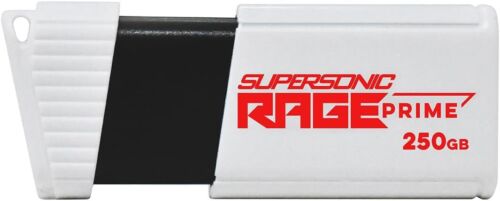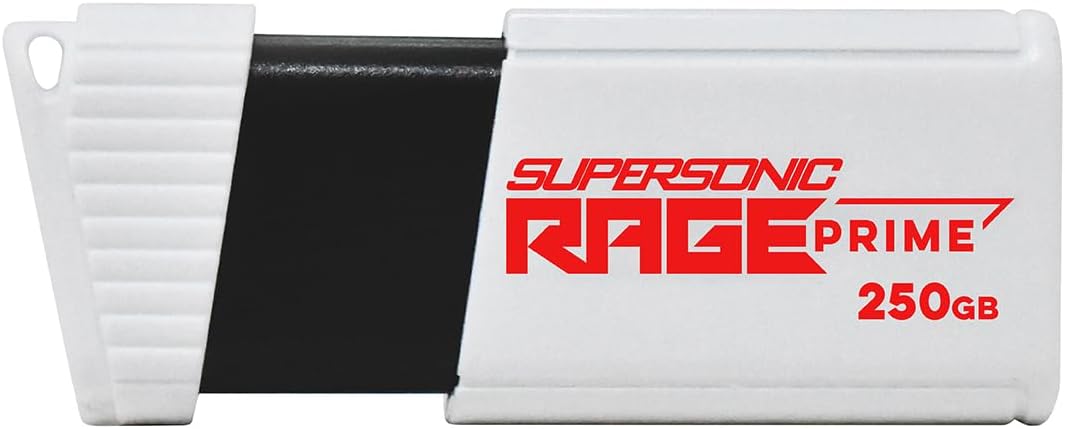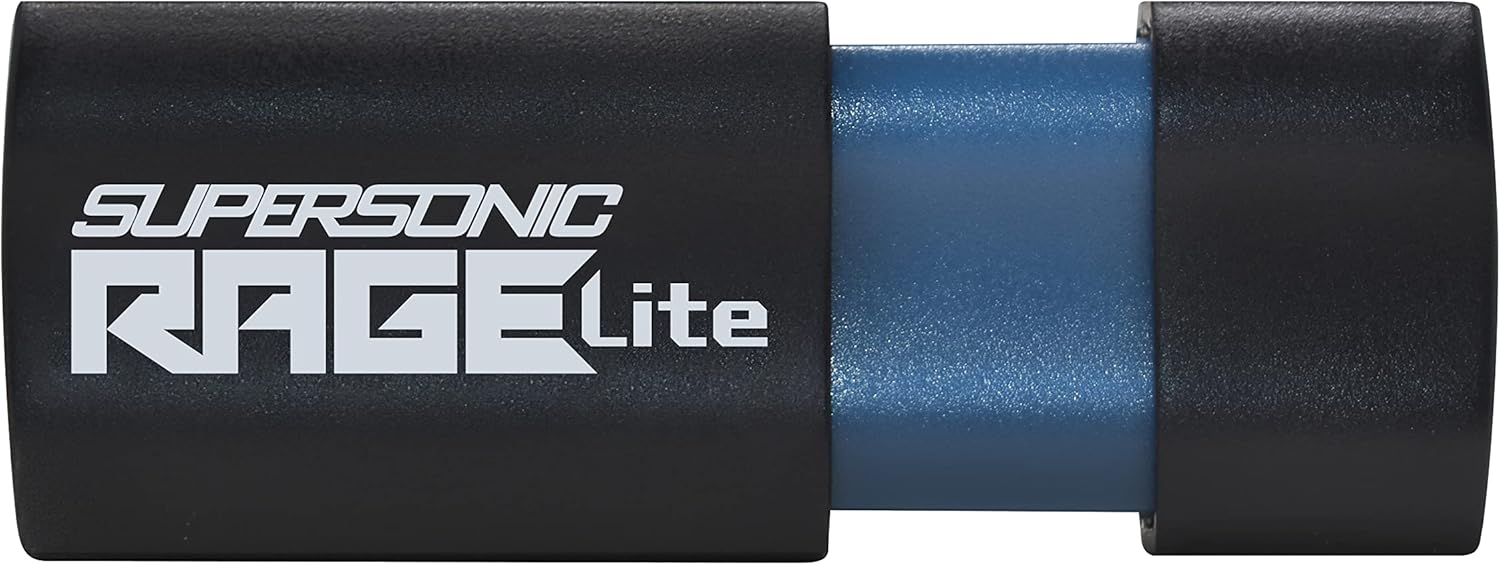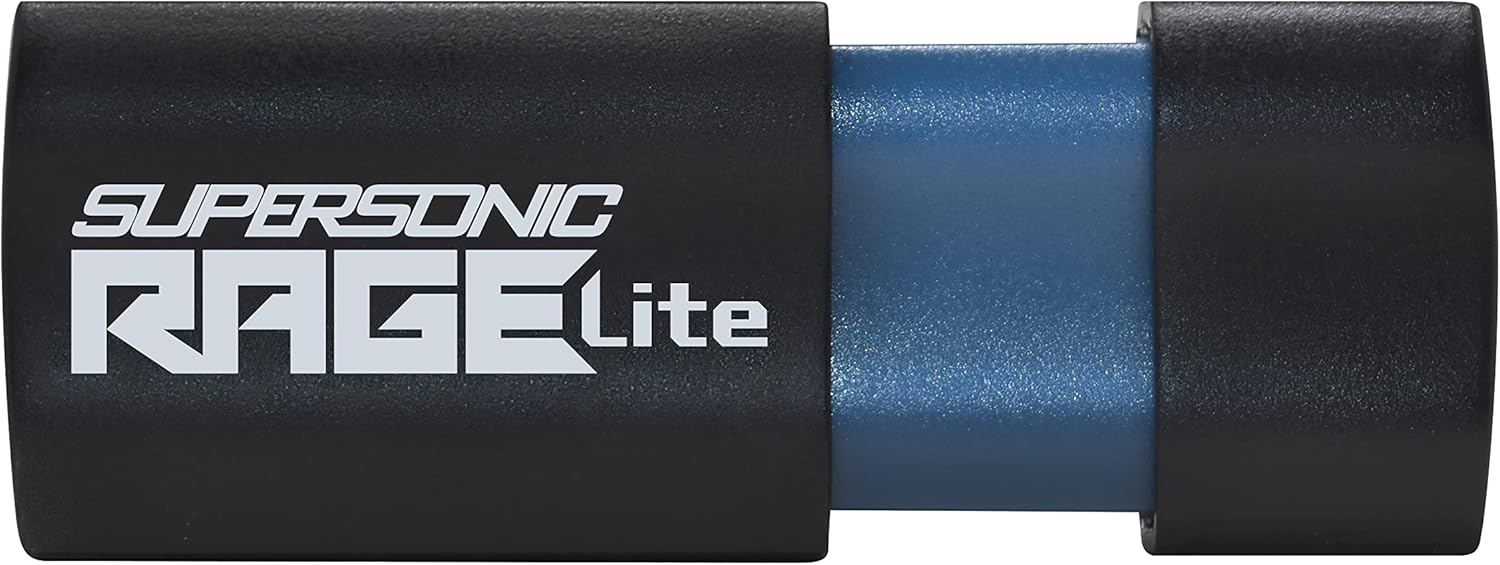Your cart is currently empty!
Tag: Supersonic
Boom: America’s answer to Concorde prepares for first supersonic flight
Editor’s note: Sign up for Unlocking the World, CNN Travel’s weekly newsletter. Get news about destinations, plus the latest in aviation, food and drink, and where to stay.
CNN
—
The return of supersonic travel has been remarkably slow for something faster than the speed of sound, but a major milestone is set to be hit on January 28.
Boom Supersonic, the American company building what promises to be the world’s fastest airliner, is preparing to break the sound barrier for the first time with a test flight at 7.45 a.m. local time in Mojave, California.
The XB-1 demonstrator aircraft, which has completed 11 successful test flights since it first took to the air in March 2024, is the precursor to the development of Boom’s supersonic commercial airliner, Overture.
The hotly anticipated plane already has 130 orders and pre-orders from American Airlines, United Airlines and Japan Airlines.
A livestream will record what should be a historic moment for the first civil supersonic jet built in America and the world’s first independently developed supersonic jet.
The aircraft, which is usually flown by Boom’s chief test pilot Tristan “Gepetto” Brandenburg, will — if all goes to plan — accelerate to Mach 1.1 (around 844 miles per hour / 1,358 kilometers per hour) after reaching target altitude.

The fastest speed the XB-1 has reached so far is Mach 0.95, just below the supersonic threshold of Mach 1, which it hit during its last test flight on January 10.
When the XB-1 takes off from the Mojave Air and Space Port it will be in the same historic airspace where legendary pilot Chuck Yeager broke the sound barrier for the first time in 1947.
It’s now almost 55 years since the 002 prototype for Concorde first flew at Mach 1 on March 25, 1970, and more than 21 years since commercial supersonic travel ended with the Anglo-French airliner’s final flight in November 2023.
There have been several challengers in the supersonic space while the remaining Concordes gather dust at museums in the UK, US and France, but so far no one has succeeded.
Boom Supersonic’s ambitions remain high. CEO Blake Scholl told CNN last year that he expects supersonic planes to replace conventional airliners in our lifetime.
“I very much believe in the return of supersonic air travel, and ultimately to bring it to every passenger on every route. And that’s not something that takes place overnight,” he said in March 2024.
Boom’s plan is that Overture will be in operation before the end of the decade, carrying 64 to 80 passengers at Mach 1.7, about twice the speed of today’s subsonic airliners.
Back when CNN Travel spoke with Scholl in May 2021, he told us his dream was for people to one day be able to “fly anywhere in the world in four hours for $100.” In 2024, he confirmed that was still his “north star.”
The company’s plan is for Overture to one day operate on more than 600 routes worldwide.
“A faster airplane is much more human-efficient, and it’s much more capital-efficient. You can do more flights, with the same airplane and crew,” Scholl said.
“We can significantly reduce all of the cost and impact that goes into airplanes by making them faster. if we have faster airplanes, we don’t need as many.”
The XB-1 test craft has been used to prove new technologies developed by Boom Supersonic.

Like Concorde, the XB-1 and Overture both have a long nose and a high angle of attack for takeoff and landing, which interrupts the pilots’ view of the runway.
While Concorde dealt with this by having a moveable droop nose, Boom’s augmented reality vision system enables excellent runway visibility for the pilots without that extra weight and complexity.
“The advent of digital engineering is a huge enabler for why supersonic flight’s coming back,” Scholl told CNN in 2024. “Aerodynamics, materials, propulsion: Those are the big three areas where we’ve made huge progress versus Concorde.”
Back in the 1960s, Concorde was developed in wind tunnels, which meant building costly physical models, running tests, then repeating.
“You just can’t test very many designs, when every iteration costs millions and takes months,” explains Scholl. But Boom has perfected its aircraft’s efficient, aerodynamic design using computational fluid dynamics, which “is basically a digital wind tunnel. We can run the equivalent of hundreds of wind tunnel tests overnight in simulation for a fraction of the cost of a real wind tunnel test.”
XB-1 is made almost entirely from carbon fiber composites, selected for being both strong and lightweight.
Overture is designed to be powered by conventional jet engines and to run on up to 100% sustainable aviation fuel (SAF).
We’ve covered the so-far slow adoption of SAF before here on CNN Travel, and Scholl told CNN last year that he was well aware of its current problems.
“There’s not enough of it, and it costs too much, but it is scaling,” he said, but he reckoned that one day it’ll be used for all long-haul air travel. It’s the “future of aviation,” he declared.
Construction was completed last year on Boom’s Overture Superfactory in Greensboro, North Carolina. It’s been designed to scale to produce 66 Overture aircraft per year.
Boom Supersonic, the American aerospace company, is gearing up for its first supersonic flight test of its Overture aircraft. This revolutionary plane is set to be America’s answer to the iconic Concorde, which was retired in 2003.The Overture is designed to fly at speeds of Mach 2.2, which is more than twice the speed of sound. This means that passengers will be able to travel from New York to London in just three and a half hours, cutting the current flight time in half.
Boom Supersonic has been working tirelessly on developing this groundbreaking aircraft, which is set to revolutionize air travel once again. With its sleek design and cutting-edge technology, the Overture promises to provide passengers with a luxurious and efficient supersonic travel experience.
As the company prepares for its first supersonic flight test, excitement is building among aviation enthusiasts and travelers alike. The Overture is set to usher in a new era of supersonic travel, and Boom Supersonic is leading the way. Stay tuned for updates on this exciting development in the world of aviation.
Tags:
- Boom supersonic flight
- America’s Concorde
- supersonic travel
- Boom aircraft
- hypersonic flight
- supersonic boom technology
- supersonic jet
- Boom supersonic news
- Concorde successor
- supersonic aviation industry
#Boom #Americas #answer #Concorde #prepares #supersonic #flight
The Comeback of the Commercial Supersonic Jet
Supersonic air travel could be making a comeback, thanks to the work of companies like Boom. We visited Boom’s hangar in Mojave, California, to learn about what it takes to resurrect the dream of blisteringly fast intercontinental air travel, more than 20 years after the retirement of the Concorde supersonic jetliner.
At the time of writing, Boom Supersonic’s XB-1 demonstrator aircraft has flown 11 test flights, achieving a maximum speed of Mach 0.95. Mach 1 is the speed of sound — about 767 mph at 68 degrees Fahrenheit. Boom founder and CEO Blake Scholl says it’ll go supersonic “somewhere around flight 12.”

Boom Supersonic says its XB-1 demonstrator aircraft is getting ready to break the sound barrier.
Behind the controls for these flights is Chief Test Pilot Tristan “Gepetto” Brandenburg, who tells me that from inside the aircraft, going supersonic is “actually kind of anticlimactic.” Aside from a subtle change in the feel of the controls, the only way he would even know it happened is by keeping an eye on his speed indicator.

Brandenburg shows off his view from the cockpit inside the XB-1 flight simulator.
The infamous sonic boom, after which the company and the XB-1 “Baby Boom” aircraft is named, is primarily something experienced by people outside the aircraft. To minimize disturbance to anybody living and working in Boom’s flight path, the company says it plans to fly its passenger aircraft at supersonic speeds over the ocean, and will fly at just below the speed of sound when over land. That’s still significantly faster than the cruising speed of traditional jetliners, however, which is about 550 to 600 mph.
Boom says it is also keeping an eye on NASA’s development of low-boom supersonic technology and may integrate that into future aircraft designs.

Shortly after going supersonic, Boom’s XB-1 demonstrator aircraft will be retired and the focus will shift to building the scaled-up passenger aircraft Overture.
The XB-1 flight test program is paving the way for the Overture, Boom’s passenger aircraft, which will be capable of running on both traditional aviation fuel as well as newer sustainable aviation fuel.
The company aims to carry its first passengers in about five years. It has already completed construction on a “superfactory” that will churn out 33 Overture aircraft a year to start, with plans to expand. United, American and Japan Airlines already have preorders in.

Boom completed construction of its Overture Superfactory in North Carolina in June last year.
While ticket pricing will ultimately be set by the various airlines, passengers can expect to pay a bit of a premium for the faster ride, especially “on day one, when there are more passengers than there are airplanes,” Scholl says. “But our goal is to get [prices] down over time.”
To see our full visit to Boom Supersonic, as well as my attempt to pilot the XB-1 flight simulator, check out the video in this article.
The commercial supersonic jet, once thought to be a relic of the past, is making a comeback in the aviation industry. With advancements in technology and increasing demand for faster travel, several companies are working on developing new supersonic jets that promise to revolutionize air travel.One of the most anticipated projects is the Boom Supersonic Overture, a Mach 2.2 airliner that aims to cut travel times in half. With a capacity of 65-88 passengers, the Overture will be able to fly from New York to London in just 3.5 hours, making it a game-changer for business travelers and jet-setters alike.
Another player in the supersonic jet market is Aerion Supersonic, which is developing the AS2, a 12-passenger jet that can reach speeds of Mach 1.4. The AS2 is expected to enter service in 2027 and promises to deliver a comfortable and sustainable supersonic travel experience.
The return of the commercial supersonic jet is not without its challenges, including regulatory hurdles and concerns about noise pollution. However, companies like Boom Supersonic and Aerion Supersonic are working closely with regulators and stakeholders to address these issues and pave the way for a new era of faster, more efficient air travel.
As we look to the future, the revival of the commercial supersonic jet offers exciting possibilities for travelers worldwide. With shorter flight times and increased comfort, these new jets have the potential to transform the way we think about air travel. Get ready to soar into the future with the comeback of the commercial supersonic jet.
Tags:
- Supersonic jet comeback
- Commercial supersonic travel
- Supersonic jet technology
- Aerospace industry news
- Supersonic jet innovation
- Future of commercial aviation
- Supersonic travel revolution
- Commercial supersonic aircraft
- Jet travel advancements
- Top trends in aerospace industry
#Comeback #Commercial #Supersonic #Jet

Patriot Supersonic Rage Prime USB 3.2 Gen 2 Flash Drive 250GB PEF250GRPMW32U

Patriot Supersonic Rage Prime USB 3.2 Gen 2 Flash Drive 250GB PEF250GRPMW32U
Price :63.48– 57.13
Ends on : N/A
View on eBay
Introducing the Patriot Supersonic Rage Prime USB 3.2 Gen 2 Flash Drive 250GB PEF250GRPMW32U!Get ready to experience lightning-fast transfer speeds with this high-performance flash drive. With USB 3.2 Gen 2 technology, you can transfer files up to 10x faster than traditional USB 2.0 drives. Whether you’re backing up important documents or transferring large media files, the Patriot Supersonic Rage Prime has got you covered.
This sleek and durable flash drive features a compact design that’s perfect for on-the-go storage. The 250GB capacity gives you plenty of space to store all your important files, and with read speeds up to 420MB/s, you can access your data quickly and easily.
Don’t settle for slow and unreliable storage solutions – upgrade to the Patriot Supersonic Rage Prime USB 3.2 Gen 2 Flash Drive 250GB PEF250GRPMW32U and experience the ultimate in speed and performance. Get yours today and take your data storage to the next level! #Patriot #FlashDrive #HighPerformance #DataStorage
#Patriot #Supersonic #Rage #Prime #USB #Gen #Flash #Drive #250GB #PEF250GRPMW32U,usb 3.2
Patriot Supersonic Rage Prime USB 3.2 Gen 2 Flash Drive – 250GB – PEF250GRPMW32U
Price: $25.99
(as of Dec 19,2024 00:19:34 UTC – Details)
To calculate the overall star rating and percentage breakdown by star, we don’t use a simple average. Instead, our system considers things like how recent a review is and if the reviewer bought the item on Amazon. It also analyzed reviews to verify trustworthiness.Learn more how customers reviews work on Amazon


